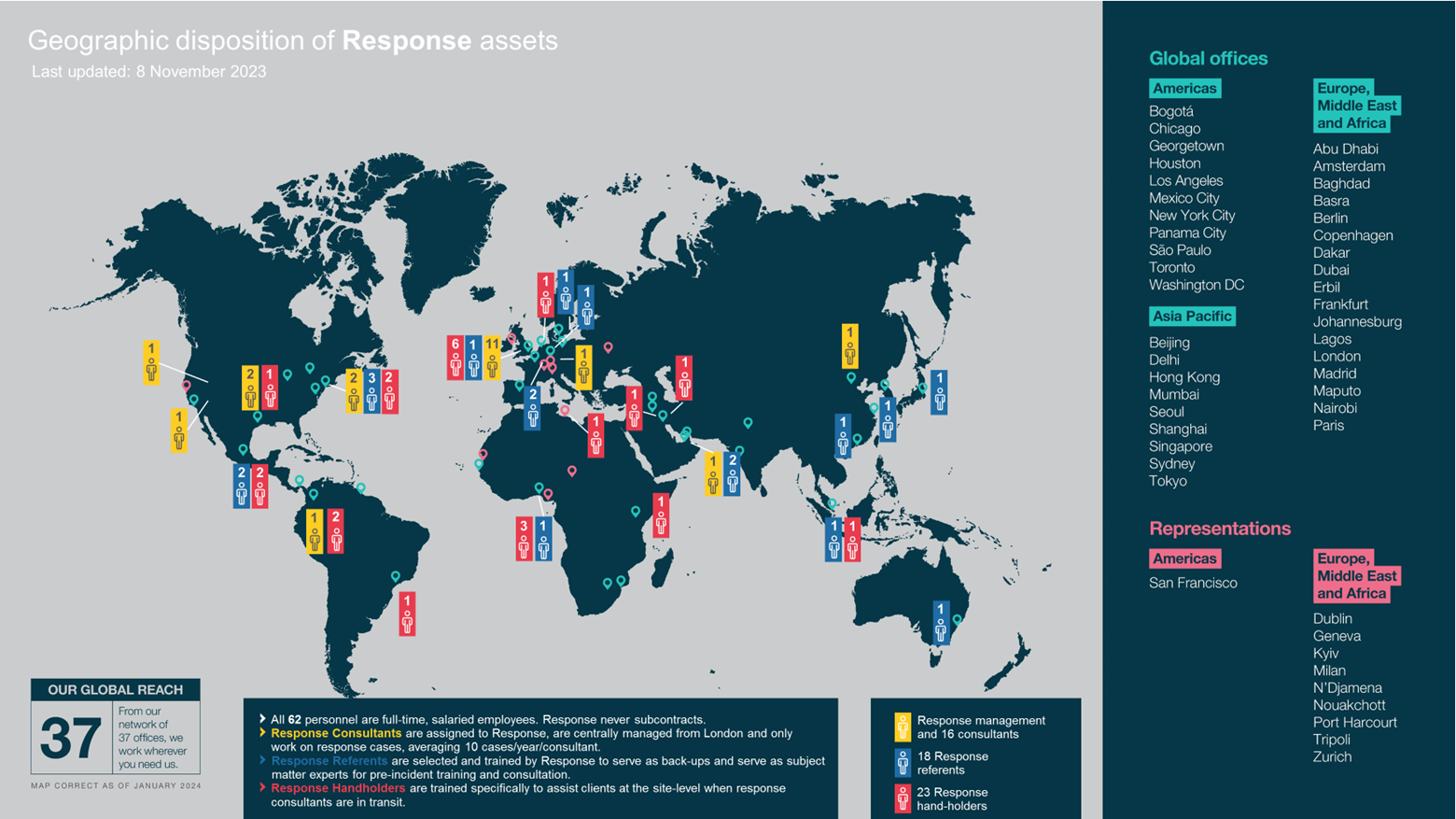Storage Tank Riskopolis
With ever-changing regulatory requirements, we know the unique challenges that storage tank owners may face. Environmental pollution exposure can have disastrous effects on the bottom line and reputation of a business. Whether it is a diesel release during fueling or aging equipment, storage tank exposures may pose an array of environmental and compliance issues. The Storage Tank Riskopolis showcases some of these exposures that could be detrimental to your clients’ businesses.
Can you spot the environmental risks hiding in the scene below? Take a closer look at each one by clicking on the numbers.
.tmb-small.jpg?Culture=en&sfvrsn=a0b92fb1_1)
1. Machinery Malfunction: Fuel was being transferred between two aboveground storage tanks at a tank farm during a rainstorm. The transfer tank was overfilled and the overfill alarm did not trigger. In addition, the secondary containment valve had been left open causing fuel and rainwater to escape the containment for several hours before the release was detected. The storage tank owner was held responsible for the costly cleanup.

2. Water contamination: A chemical producer found that the floating roof drain of an aboveground storage tank failed and released the tank’s chemical contents into a river nearby. The company was forced to pay a large fine and cover the cost of the cleanup.

3. Third party claims: A soybean processor’s aboveground storage tank piping failed causing a release of approximately 5,000 lbs. of liquid ammonia. Emergency responders properly vacated the building and downwind properties until the ammonia gas cloud dissipated. Neighboring residents sued the tank owner for alleged respiratory issues, medical costs, temporary relocation costs, and business interruption caused by the ammonia release. The tank owner incurred significant legal defense costs and settled out of court with several parties.

4. Vandals: A contractor was replacing a natural gas distribution line and was using an onsite aboveground storage tank to store fuel for his equipment. One morning, upon his arrival to the job site, he discovered that vandals had shot a hole in the refueling tank causing several gallons of diesel fuel to be released onto the soil. The contractor was held responsible for the cleanup.

5. Groundwater plume: In anticipation of the sale of a marina property, due diligence performed by the potential buyer identified petroleum compounds exceeding the State’s standards in groundwater near two underground storage tanks. There was concern that the groundwater plume could impact the surface water nearby. There was no evidence of any releases from the existing tanks, but there had been previous underground storage tanks that were removed from the same area many years before. There had been remediation when the prior tanks were removed and on completion of the work, there was no residual petroleum detected in groundwater. It was concluded that the current detections could be related to overfills or spills during fueling in relation to the two current tanks. The marina owner was required to conduct an investigation to find the full extent of impacted soil and groundwater.

6. Leak: During a routine tank tightness test at an airport hangar, it was discovered that product had leaked from an underground storage tank. A seal in a coupling device that connected the tank to the piping had failed and gasoline was leaking out of the pipe connection and into the soil. The airport was held liable for the cleanup costs resulting from the underground storage tank.

7. Vapor leak: Petroleum vapors were detected in a convenience store. After further investigation, one of the facility’s underground storage tanks was found to be leaking. The tank was taken out of service and a vapor mitigation system had to be installed in the store.

8. Demolition puncture: During demolition activities, a contractor punctured an unknown underground oil tank. Residual oil was still located within the tank and was released as a result. Due to the soil conditions and shallow groundwater, the oil was able to spread quickly. Although the tank was only 500 gallons, the cleanup was extensive due to the required excavation of impacted soils and the regular monitoring of groundwater until closure could be granted by the environmental regulators.

9. In-house spill: An auto-repair shop located in the heart of Environmentalville had a faulty aboveground tank that released petroleum all over the shop floor. As a result, employees had to stop work for the day while professionals came to clean everything up. The shop owner was responsible for cleanup and lost a significant amount of money from the work delay.

10. Vehicle accident: An employee working at a golf course accidentally ran into an onsite fuel tank used for landscaping vehicles and golf carts. The accident punctured the storage tank and caused fuel to leak into the nearby water trap. Concerned about the effect on the groundwater, several site assessments had to be conducted along with the cleanup costs.

11. Rust: A single-walled storage tank located in at a country club was found with a hole in the side that had been leaking fuel into the surrounding area. Upon further inspection, it was found to be rusting from the inside out. The owner of the club had to pay for the costly cleanup and replace the aging tanks on their property.

12. Roof leak: An office tower was slated for sale. Three months before the sale, a tank sensor that triggered oil to be pumped from a ground level aboveground storage tank to fill a top floor emergency generator standby tank failed. Oil was continuously pumped to an upper-level floor where it overflowed and ended up leaking down a utility shaft and out into numerous floors and ceilings along wiring conduits of the building. The owner needed to spend significant money to remediate the release on an emergency basis to meet the sale date.

13. River contamination: A river running through Environmentalville was tested and found to have a spike in environmental contaminants. After some investigation, it was found that aboveground storage tanks located at a car dealership were installed incorrectly. The owner of the dealership had to pay for the costly cleanup and any further damage.















